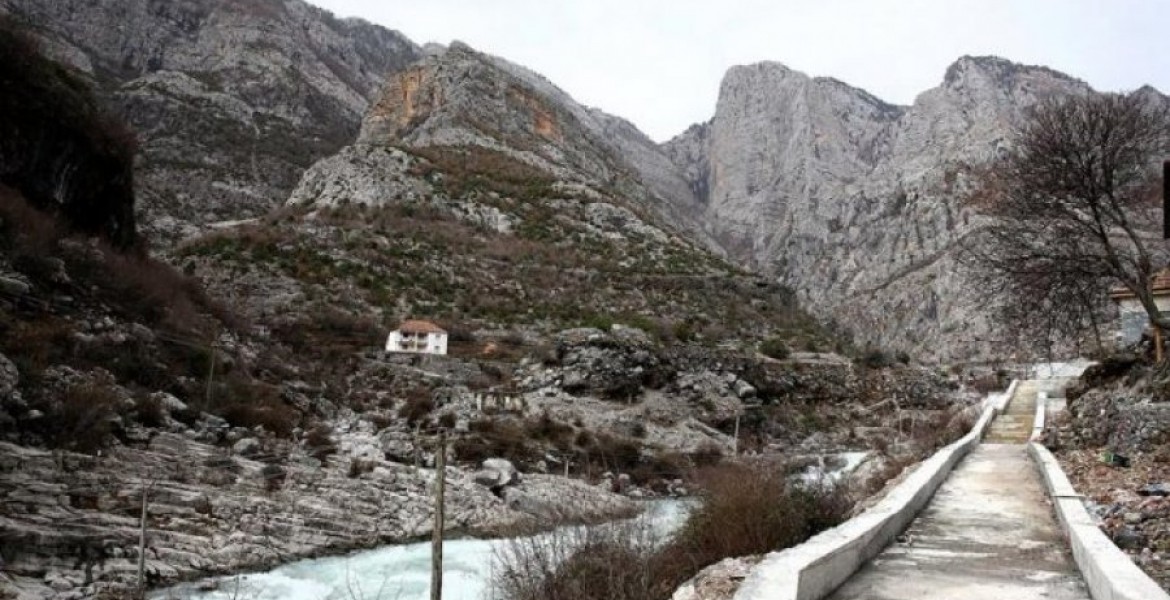

Border Stones
5.0
Touch
Since human communities began to organize into tribes, to the modern states of the 21st century, borders have been marked by natural landmarks, such as a sea, a river, etc., but when the boundary line extended to a plain or mountain where natural elements, such as trees or rocks were very common, other signs were placed. With the approval and input of both parties, these signs were large blocks of stone or concrete, engraved with logs dictating the boundary of each site. European Union countries have removed the pyramids decades ago and concepts of borders, but only between each other. While pyramids - and borders - in the Balkans continue to exist, the climate of co-operation strongly promoted in recent years has led to increased trust between countries. This means that the border pyramids are not as intact as they were in the post-World War II period, and especially during the Cold War. However, the most accessible pyramids to visit are those that mark the border between two Albanian states: Albania and Kosovo. The Albanian Alps National Park lies just along this border and on the slopes of the mountains, one can often find the remains of the pyramids that once marked the border between Albania and Yugoslavia.










